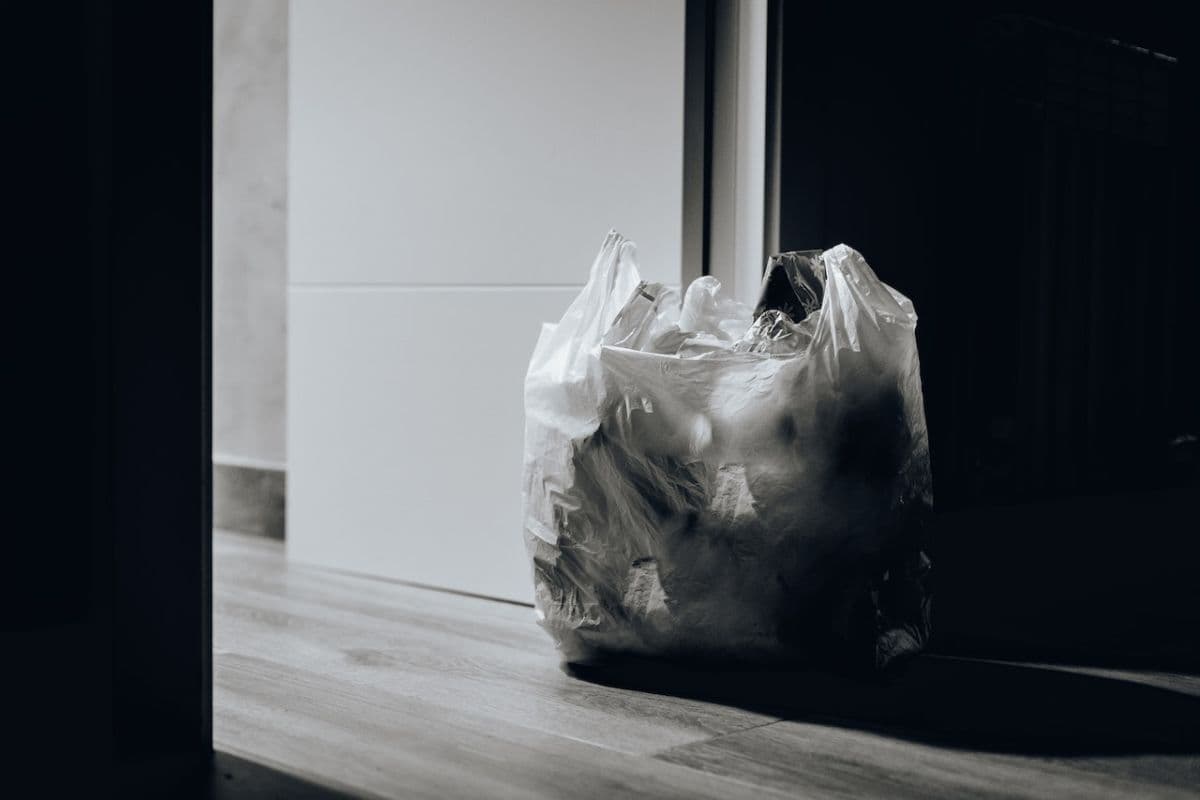
KUALA LUMPUR (Aug 28): Waste-to-energy (WTE) plants are burdened by extra capital expenditure (capex) to handle waste matter that are typically moist, said Cypark Resources Bhd senior director Achmat Nadhrain Ibrahim.
Furthermore, the lack of waste separation means added costs to WTE plants, he added.
During a breakout session at the Energy Transition Conference on Monday (Aug 28), Nadhrain said development of WTE plants costs hundreds of millions of ringgit, and that cost is recouped from the revenue generated by sale of electricity and its byproducts such as steam, heat and other recycled resources.
However, he pointed out that waste that is “moist” or “wet” is not suitable for a WTE plant’s incineration process. The issue could be addressed by investing in suitable solutions, including a recycling plant or recovery plant, according to him.
“You can meaningfully address it, but obviously it will be part of your capex and opex,” he added.
Cypark operates a 20MW WTE plant at Ladang Tanah Merah, Port Dickson, with operations commending back in December last year.
Waste Management Association of Malaysia (WMAM) chair for technical and research Zamri Abdul Rahman, who was also at the panel discussion, chimed in with the fact that the Solid Waste and Public Cleansing Management Act ― legally enforcing the separation of waste ― was enacted back in 2007.
“We all are wondering why this [waste separation] is not fully enforced. [Could it be due to] political or manpower [reasons]? We do not know.
“But everybody is talking about the need for [waste] separation so that you can increase the recycling rate, because in the country right now we only recycle 33% of our waste.
“One-third, even this is mostly supported by the industry ― manufacturers and factories ― not the domestic side. Domestic waste or household waste recycle rate is less than 10%,” he said.
